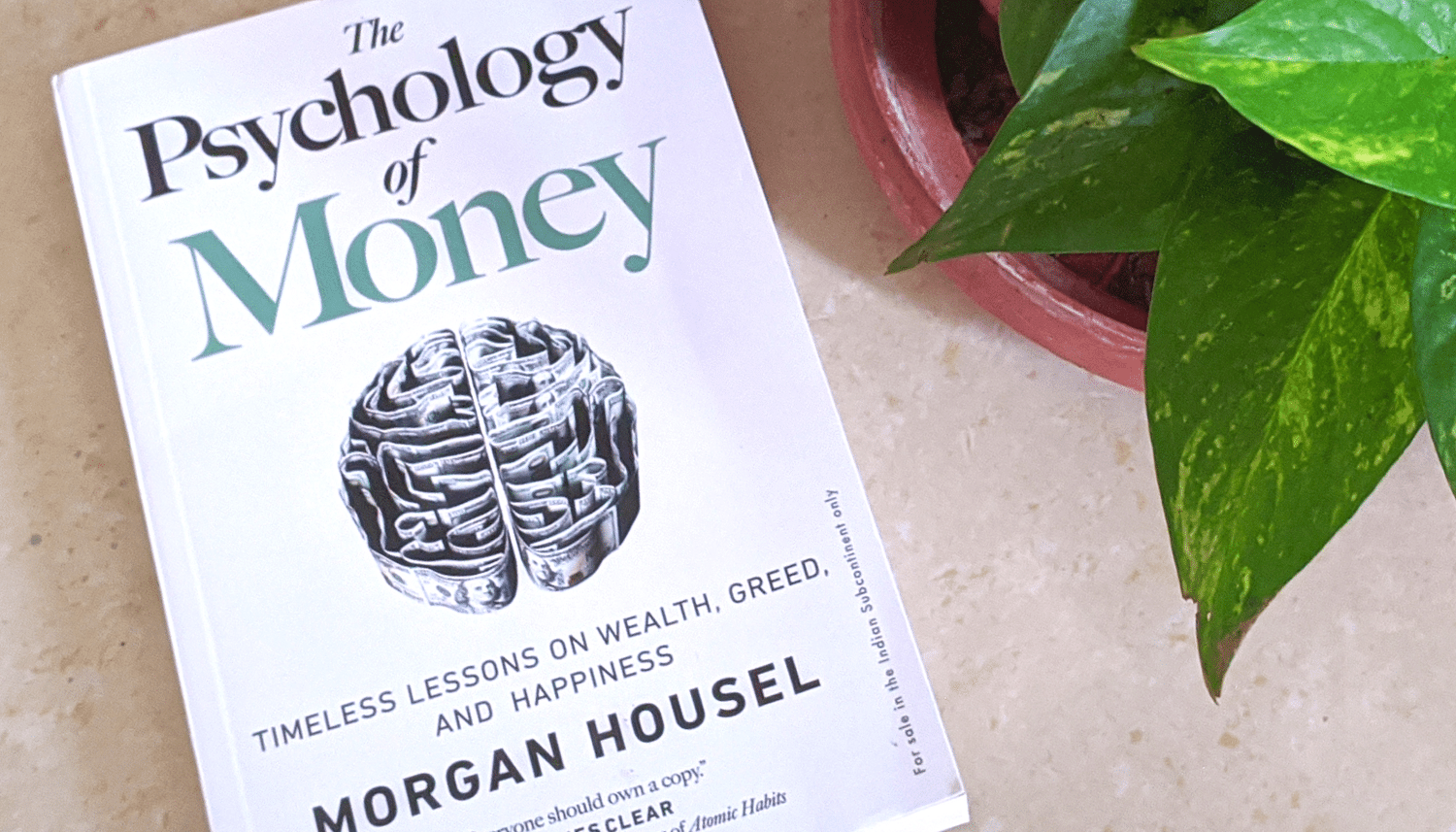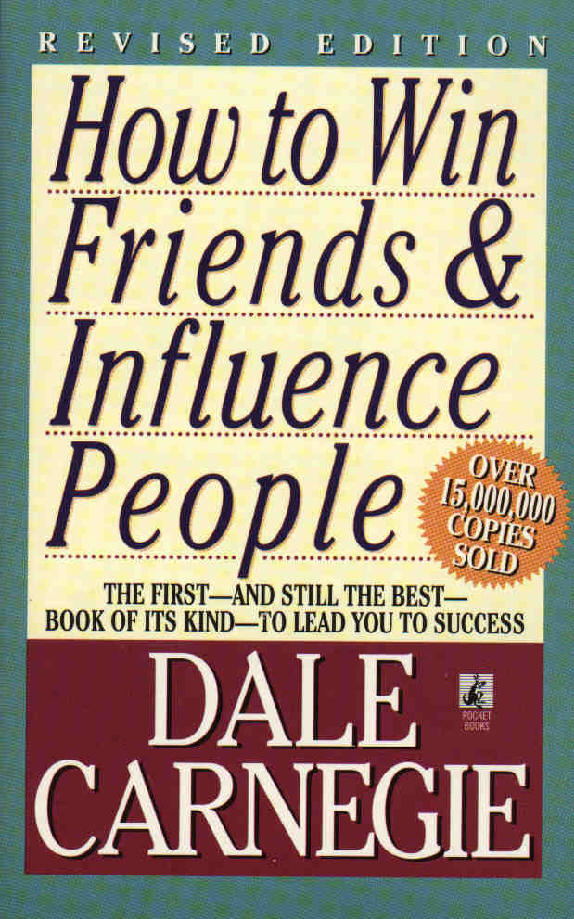Table of Contents
In Building a Second Brain book summary, we take a deep dive into Tiago Forte’s masterpiece: “Building A Second Brain“.
In today’s digital age, we are constantly bombarded with information from countless sources. We read articles, listen to podcasts, attend webinars, and engage in countless online discussions. But what happens to all this information?
Does it get lost in the depths of our memory or buried in the ever-growing digital clutter? This is where Tiago Forte’s book, Building a Second Brain, comes in, offering a proven method to organize your digital life and unlock your creative potential.
The Book in 3 Sentences
- Building a “Second Brain” involves creating a personal system for capturing, organizing, and distilling information from various sources, ultimately using this external system to support creative projects and knowledge work.
- The CODE method provides a framework for building and interacting with a Second Brain
- Beyond practical benefits, engaging in personal knowledge management can lead to personal growth, a greater sense of self-expression, and the ability to share one’s unique perspective with the world.
The Need for a Second Brain
Forte begins by addressing the universal experience of forgetting important information. We’ve all had moments where we struggled to recall a crucial fact during a conversation, lost a brilliant idea conceived while driving, or failed to remember key takeaways from a book we read in the past.
This isn’t a sign of personal failing; it’s simply a reflection of the limitations of our biological brains. The human brain wasn’t designed to handle the sheer volume and complexity of information we encounter daily.
This is where the concept of a Second Brain comes into play. Forte defines it as “a digital archive of your most valuable memories, ideas, and knowledge to help you do your job, run your business, and manage your life without having to keep every detail in your head”. It’s like having a personal library in your pocket, readily accessible whenever you need to draw upon your accumulated knowledge.
Building Upon Historical Practices
The idea of a Second Brain isn’t entirely new. Forte draws inspiration from historical practices like commonplace books, used by intellectuals and writers for centuries to store and organize their thoughts and ideas.
These books served as repositories for quotes, observations, reflections, and anything else that sparked the writer’s interest. The Second Brain builds upon this tradition, leveraging the power of digital tools to enhance searchability, organization, and accessibility. By embracing a digital approach, we can take advantage of features like tagging, linking, and cloud storage, making our knowledge collections more dynamic and interconnected than ever before.
The Benefits of a Second Brain
The book outlines numerous benefits of building a Second Brain, including:
● Reduced stress and anxiety: Offloading information from your mind frees up cognitive space, reducing stress and anxiety.
● Enhanced creativity and insight: By making connections between ideas stored in your Second Brain, you can generate new insights and unlock your creative potential.
● Sharper perspectives: A Second Brain provides a platform to develop and refine your thinking, allowing you to articulate your ideas with greater clarity and conviction.
● Increased productivity: When you have a reliable system for storing and retrieving information, you can focus on the task at hand without worrying about forgetting important details.
The CODE Method: A Framework for Knowledge Management

At the core of the book is the CODE Method, a four-step process for building and using a Second Brain:
1. Capture: Save the information that resonates with you. This could include highlights from books, quotes from articles, images, or even your own thoughts and ideas. The key is to be selective and only capture what truly sparks your interest.
2. Organize: Organize your notes for actionability, ensuring you can easily find the information you need when you need it. Forte recommends using a system called PARA, which categorizes information based on how actionable it is rather than by subject.
3. Distill: Find the essence of your notes. Don’t just save everything; highlight the key takeaways, summarize the main points, and make connections between different ideas. The goal is to create a “map of the best ideas found in your Second Brain”.
4. Express: Use your Second Brain to create something new. This could include writing a blog post, giving a presentation, developing a new product, or anything else that allows you to share your knowledge and insights with the world.
Practical Techniques and Tools
The book provides practical techniques and tools for implementing each step of the CODE Method.
Capture
● Use a read later app: Save articles and other online content for later consumption.
● Set up automatic ebook highlight capture: Sync your reading app with your notes app to automatically save highlights.
● Identify your “Twelve Favorite Problems”: Make a list of problems or questions that interest you and use it as a filter for what to capture.
Organize
● Implement the PARA method: Create folders for Projects, Areas, Resources, and Archives to organize your notes for actionability.
Distill
● Practice Progressive Summarization: Highlight the most important points of a note, then highlight the main points of those highlights, and so on, creating layers of distillation
Express
● Use Intermediate Packets (IPs): Break down large projects into smaller, manageable units of work
● Create an Archipelago of Ideas: Gather a group of ideas, sources, or points that will form the backbone of your essay, presentation, or deliverable and link them together in a logical order
● Build a Hemingway Bridge: End a work session by writing down ideas for next steps, allowing you to pick up where you left off with ease.
● Dial Down the Scope: Start with a smaller, simpler version of your project to get feedback and gain momentum.
Maintaining Your Second Brain: The Importance of Habits
Building a Second Brain isn’t a one-time project; it’s an ongoing practice. Forte emphasizes the importance of developing habits that support personal knowledge management. He recommends:
● Weekly Reviews: Set aside time each week to review your notes, organize them into the appropriate PARA folders, and identify potential connections or applications.
● Project Checklists: Use checklists to ensure a consistent and efficient approach to starting and completing projects.
Beyond Productivity: A Journey of Self-Discovery
Forte argues that building a Second Brain is not just about optimizing a system; it’s also about personal growth. The process involves confronting our fears of mind limitations and information overload.
It requires us to develop new habits and mindsets that empower us to manage information effectively. Ultimately, the book encourages readers to embrace the journey of self-expression and knowledge sharing.
Taking Action: Starting Your Second Brain Journey
Forte concludes with a call to action, urging readers to start building their Second Brain today. He offers 12 practical steps to get started, including choosing a note-taking app, setting up the PARA system, and experimenting with Intermediate Packets
The book emphasizes that building a Second Brain is an ongoing practice that requires continual refinement and adaptation. By committing to this process, readers can unlock their creative potential and make a meaningful impact on the world.
Building a Second Brain is more than just a productivity book; it’s a guide to personal knowledge management in the digital age. By adopting the techniques and mindsets presented in the book, readers can transform their relationship with information and unlock their true creative potential.
Chapter Summaries of “Building a Second Brain”
Chapter 1: Where It All Started
This chapter tells the story of how the author developed his Second Brain system. He started taking notes to help him cope with a serious medical condition while in college.
Through note-taking, he realized that digital notes have the potential to store diverse information and help people learn more effectively. The author then went on to apply his note-taking system in his professional life, ultimately finding success.
Key takeaway: Taking notes can help you learn more effectively and achieve success in your studies and career.
Chapter 2: What is a Second Brain?
This chapter defines a Second Brain as a system for storing and organizing information. It explains how a Second Brain helps people overcome the limitations of their biological brains and better manage the ever-increasing amount of information they encounter daily.
A Second Brain enhances cognitive ability and helps people achieve their goals more effectively. The author cites a study to emphasize the importance of information management in an increasingly automated job market.
Key takeaway: A Second Brain is a system for managing information that can enhance your cognitive abilities and help you achieve your goals more effectively.
Chapter 3: How a Second Brain Works
This chapter explains the four key capabilities of a Second Brain and recommends using a note-taking app as its central hub. The author emphasizes the importance of choosing a note-taking app that allows for multimedia notes, informal note-taking, easy editing, and linking. He also discusses the three stages of personal knowledge management: remembering, connecting, and creating.
Key takeaway: A Second Brain should have four capabilities: offloading your memory, connecting ideas, sparking creative breakthroughs, and externalizing your thinking. A note-taking app with specific features serves as the central hub for a Second Brain.
Chapter 4: Capture—Keep What Resonates
This chapter focuses on the first step of the CODE method: Capture. It explains how to capture information by saving insightful passages, quotes, bookmarks, meeting notes, images, and personal reflections. It also introduces the concept of “knowledge assets” and provides criteria for deciding what to capture, emphasizing that you should only capture information that resonates with you.
The author explains how to use various capture tools, including ebook apps, read-it-later apps, note-taking apps, social media apps, and web clippers. The author also points out the benefits of putting ideas into words through writing.
Key takeaway: The Capture step involves identifying and saving valuable pieces of information called “knowledge assets.” You should only capture information that resonates with you and use various tools to make the process easier.
Chapter 5: Organize—Save for Actionability
This chapter focuses on the second step of the CODE method: Organize. It introduces the PARA method, which involves organizing information into four categories: Projects, Areas, Resources, and Archives. It explains how to categorize notes based on their actionability, emphasizing the flexibility of moving information between categories as needed.
Key takeaway: Organize your notes based on their actionability using the PARA method to maximize their usefulness.
Chapter 6: Distill—Find the Essence
This chapter focuses on the third step of the CODE method: Distill. It emphasizes the importance of making notes discoverable for future use and introduces the Progressive Summarization technique, which involves highlighting the most important points of a note in multiple layers. The author uses Francis Ford Coppola’s note-taking system as an example of effective information distillation.
Key takeaway: Distill the essence of your notes using Progressive Summarization to make them easily discoverable in the future.
Chapter 7: Express—Show Your Work
This chapter focuses on the final step of the CODE method: Express. It encourages you to share your ideas and knowledge with the world, highlighting that the ultimate purpose of taking notes is to create something new. The author introduces the concept of “Intermediate Packets” (IPs), which are the building blocks of creative work. He also shares examples of different types of IPs, such as distilled notes, outtakes, work-in-process, final deliverables, and documents created by others.
Key takeaway: The Express step is about putting your knowledge to work by creating and sharing “Intermediate Packets.”
Chapter 8: The Art of Creative Execution
This chapter explores how to effectively utilize the notes in your Second Brain for creative projects. It discusses techniques for finding and retrieving the information you need, including search, browsing, tags, and serendipity. It also includes case studies of individuals who have used the Second Brain system to achieve success in their personal and professional lives.
Key takeaway: Effective creative execution involves using your Second Brain to find the information you need and putting that information to work.
Chapter 9: The Essential Habits of Digital Organizers
This chapter discusses the importance of establishing habits to maintain and utilize a Second Brain effectively. It introduces checklists for starting and finishing projects (Project Kickoff Checklist and Project Completion Checklist) and explores the benefits of regularly reviewing your notes through Weekly and Monthly Reviews. The author emphasizes using an imperfect system over no system at all.
Key takeaway: Cultivate habits such as using project checklists and conducting regular reviews to ensure your Second Brain remains a valuable tool.
Chapter 10: The Path of Self-Expression
This chapter discusses the personal growth aspects of building and using a Second Brain. It encourages you to shift from a mindset of scarcity to abundance, embracing the wealth of information and knowledge you’ve collected. The author also offers practical tips for getting started with building a Second Brain, such as choosing a note-taking app, capturing ebook highlights, and practicing Progressive Summarization.
Key takeaway: Building a Second Brain is a journey of personal growth that requires a shift in mindset and a willingness to experiment with new techniques.
Bonus Chapter: How to Create a Tagging System That Works
This chapter provides additional information on using tags to organize your Second Brain, which can be useful as your collection grows. It’s available for download at buildingasecondbrain.com/bonus chapter.
Key takeaway: Tagging is an advanced technique that can help you better organize your Second Brain as it grows.
Additional Resources and Guidelines
This section provides links to resources such as a guide for choosing the best note-taking apps and capture tools.
Key takeaway: Utilize the available resources to stay updated on the best practices and tools for building a Second Brain.
Who should read “Building a Second Brain”?
People Feeling Overwhelmed by Information
- The book emphasizes that we live in a time of information overload, evidenced by research suggesting the average American consumes 34 gigabytes of data daily. The author argues this abundance of information creates a “poverty of attention” as people struggle to keep up.
- Readers learn strategies for managing the constant influx of information, like capturing only the most resonant ideas. The book advocates for using a “Second Brain” as a filter for curating valuable information.
Creative Professionals
- The book provides practical advice for boosting creative output, inspired by the work habits of figures like choreographer Twyla Tharp and filmmaker Francis Ford Coppola.
- Readers discover techniques like “Progressive Summarization” to distill notes and “Intermediate Packets” for organizing ideas into shareable units. The book argues that these strategies help professionals work more effectively and protect their attention.
Knowledge Workers
- The author points out that knowledge is the most valuable asset for over half of today’s workforce. The book provides methods for organizing, retrieving, and connecting ideas to enhance productivity.
- Readers learn to leverage their “Second Brain” to advance their careers by presenting well-supported perspectives and persuading others. The book highlights the importance of expressing ideas and creating tangible outputs.
Anyone Seeking Personal Growth
- The book stresses the connection between personal growth and managing information effectively. It encourages readers to shift from consuming to creating, serving others with their knowledge.
- Readers are challenged to embrace self-expression, overcome fear, and share their unique perspectives with the world. The book argues everyone has a valuable story to tell and encourages them to find their voice.
People Interested in Note-Taking
- The book offers a fresh perspective on note-taking as more than just remembering facts. It advocates for externalizing thoughts to improve thinking and overall well-being.
- Readers learn specific techniques like the “CODE Method” for capturing, organizing, distilling, and expressing ideas through notes. The book provides practical steps for choosing and utilizing digital note-taking apps.

Liked this Building a Second Brain book summary? Read other book summaries on Productivity here
You may also enjoy:








Leave a Reply